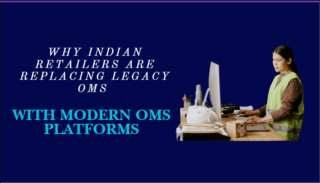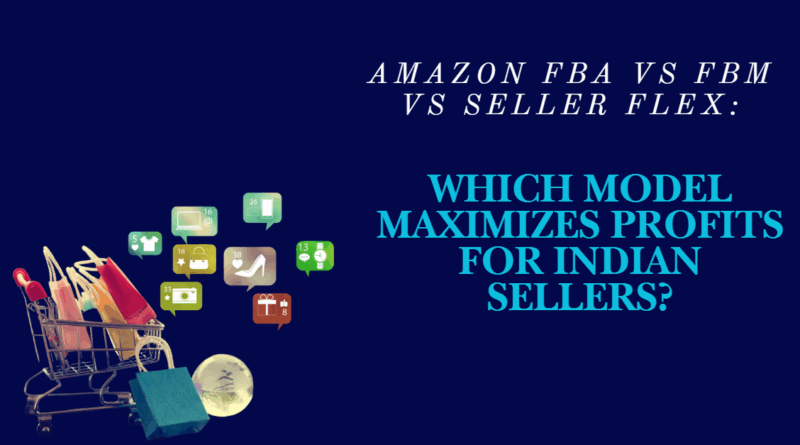
For Amazon sellers in India, fulfillment strategy isn’t just an operations concern, it can make or break your margins. Between rising logistics costs, GST/tax implications, storage overheads, customer expectations for speed, and Prime/“fast delivery” status, choosing how you fulfill your orders is one of the key levers in profitability. The three major models are:

- FBA (Fulfillment by Amazon) – Amazon handles storage, packing, shipping, returns, etc., from Amazon’s warehouses.
- FBM (Fulfilled by Merchant) – You handle everything (inventory, packing, shipping, returns) directly, or via your own 3PL.
- Seller Flex – A hybrid model (invite‑only) where you manage your own warehouse/inventory/packing, but Amazon handles the delivery to customers and some associated services, enabling “Prime‑like” benefits.
Each has trade‑offs. What benefits one seller may be a cost burden for another. Let’s explore in detail with an eye on conditions in India.

What Is Each Model? Operational Definitions for Indian Amazon Sellers
Choosing the right fulfillment model starts with understanding how each one works in practice, and how those operations affect your control, cost structure, and customer experience. Below is a detailed explanation of FBA, FBM, and Seller Flex in the Indian context.
1. Fulfillment by Amazon (FBA) in India
Fulfillment by Amazon is Amazon’s most widely used fulfillment program. Once you enroll in FBA, your role as a seller shifts from handling logistics to managing inventory and marketing. Amazon takes care of everything else.
How It Works
You send your products to Amazon’s fulfillment centers. Amazon stores your inventory, picks and packs orders, ships them to customers, and handles customer service and returns. Your listings become eligible for Amazon Prime, giving them increased visibility and higher conversion potential among customers who prefer fast and reliable delivery.
Fees Involved
- Fulfillment fees based on size and weight per unit
- Monthly storage fees, with increased rates during peak seasons
- Long-term storage fees for inventory that sits unsold
- Fees for removing or disposing of inventory
- Optional fees for labeling or prep if products do not meet Amazon’s requirements
Best For
- Lightweight, fast-moving SKUs with strong demand
- Sellers who want to scale without investing in warehousing or logistics
- Businesses aiming to boost conversion rates with Prime eligibility
Watch Outs
- High costs for large, bulky, or slow-moving products
- Inbound shipping and preparation requirements can add operational overhead
- Loss of direct control once inventory is at Amazon’s warehouse
FBA (Fulfillment by Amazon): Pros and Cons
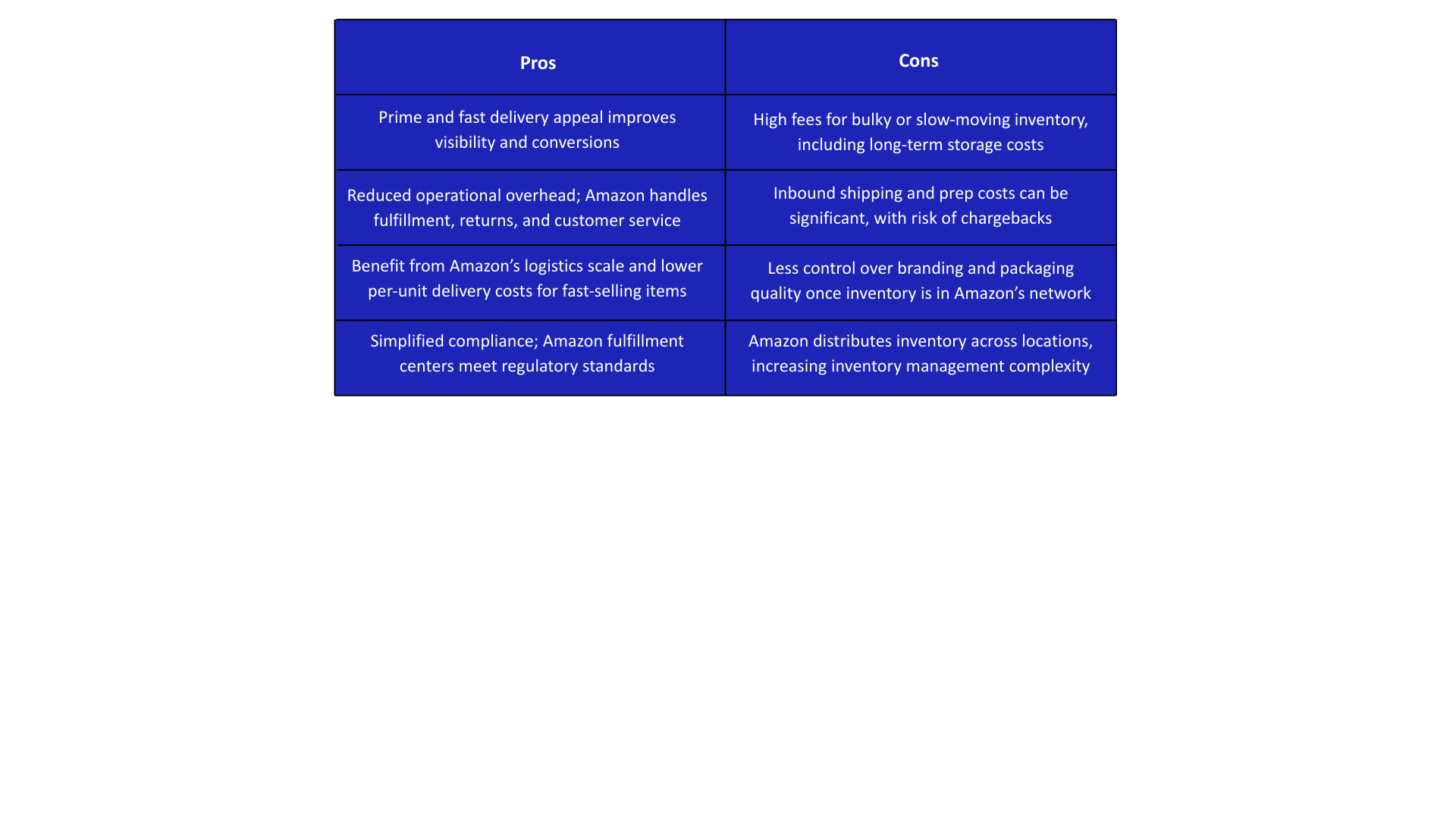
2. Fulfilled by Merchant (FBM) in India
Fulfilled by a Merchant puts you in full control of your order fulfillment process. You manage the entire post-sale experience, including storage, packaging, shipping, customer communication, and returns.
How It Works
You hold your inventory in your own facility or with a third-party logistics provider. When an order is placed, you are responsible for picking, packing, and shipping it to the customer. You also manage returns and customer service. FBM does not automatically include Prime eligibility, unless you are part of the Seller Fulfilled Prime (SFP) program, which has strict performance requirements.
Costs to Consider
- Warehousing costs or third-party storage fees
- Packaging materials and labor
- Shipping charges paid to couriers or delivery partners
- Reverse logistics and return processing costs
- Customer service staffing or outsourcing expenses
Best For
- Heavy, bulky, or fragile items where FBA fees are uneconomical
- Low-volume or niche products with irregular demand
- Sellers with existing warehouse infrastructure and in-house operations
Watch Outs
- Slower delivery can hurt customer experience and conversion rates
- No Prime badge unless enrolled in SFP
- Greater complexity and overhead in managing fulfillment yourself
FBM (Fulfilled by Merchant): Pros and Cons
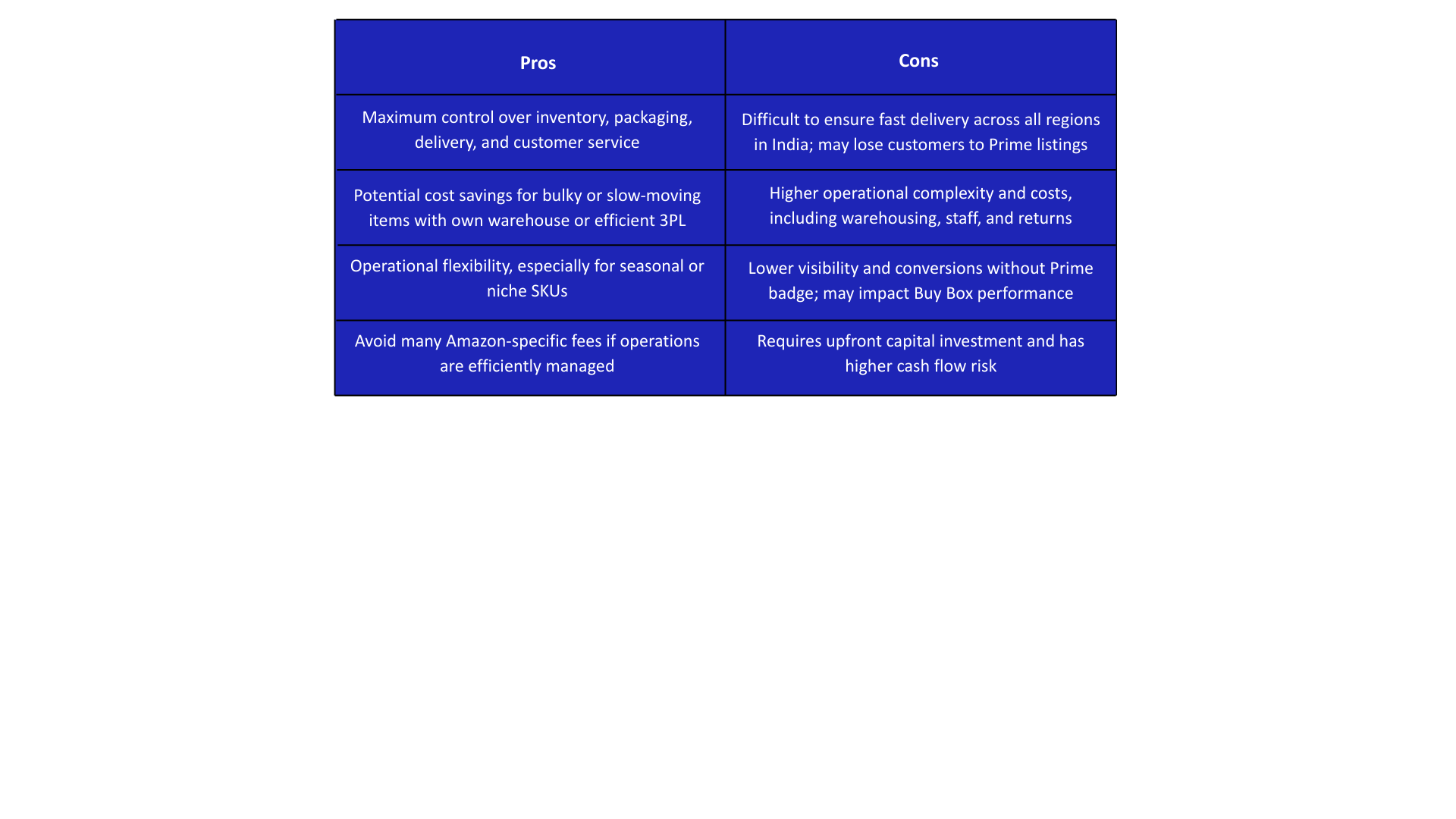
3. Seller Flex in India
Seller Flex is a hybrid fulfillment program that gives you operational control while leveraging Amazon’s delivery network. It is available only through invitation and requires sellers to meet specific performance and infrastructure standards.
How It Works
You store and manage inventory at your own warehouse. You are responsible for picking and packing orders using Amazon’s systems and standards. Amazon then picks up the packed orders from your warehouse and delivers them to customers. Products fulfilled through Seller Flex are Prime eligible and benefit from faster delivery tags.
Depending on the agreement, Amazon may also handle customer service and returns, or you may manage those in-house.
Costs to Consider
- Warehousing expenses, staffing, and equipment
- Cost of packing materials that meet Amazon’s quality standards
- Integration with Amazon’s systems, including barcoding and workflow software
- Delivery fees payable to Amazon for last-mile service
- One-time setup costs for training, equipment, or layout adjustments
Best For
- Medium to large volume sellers with warehouse capacity
- Products that are bulky, slow-moving, or require special handling
- Sellers who want Prime eligibility and operational control without paying high FBA fees
Watch Outs
- Invitation-only access with eligibility based on volume and performance
- Requires trained warehouse staff and operational discipline
- Delivery performance and service metrics must be maintained to retain program access
Seller Flex: Pros and Cons
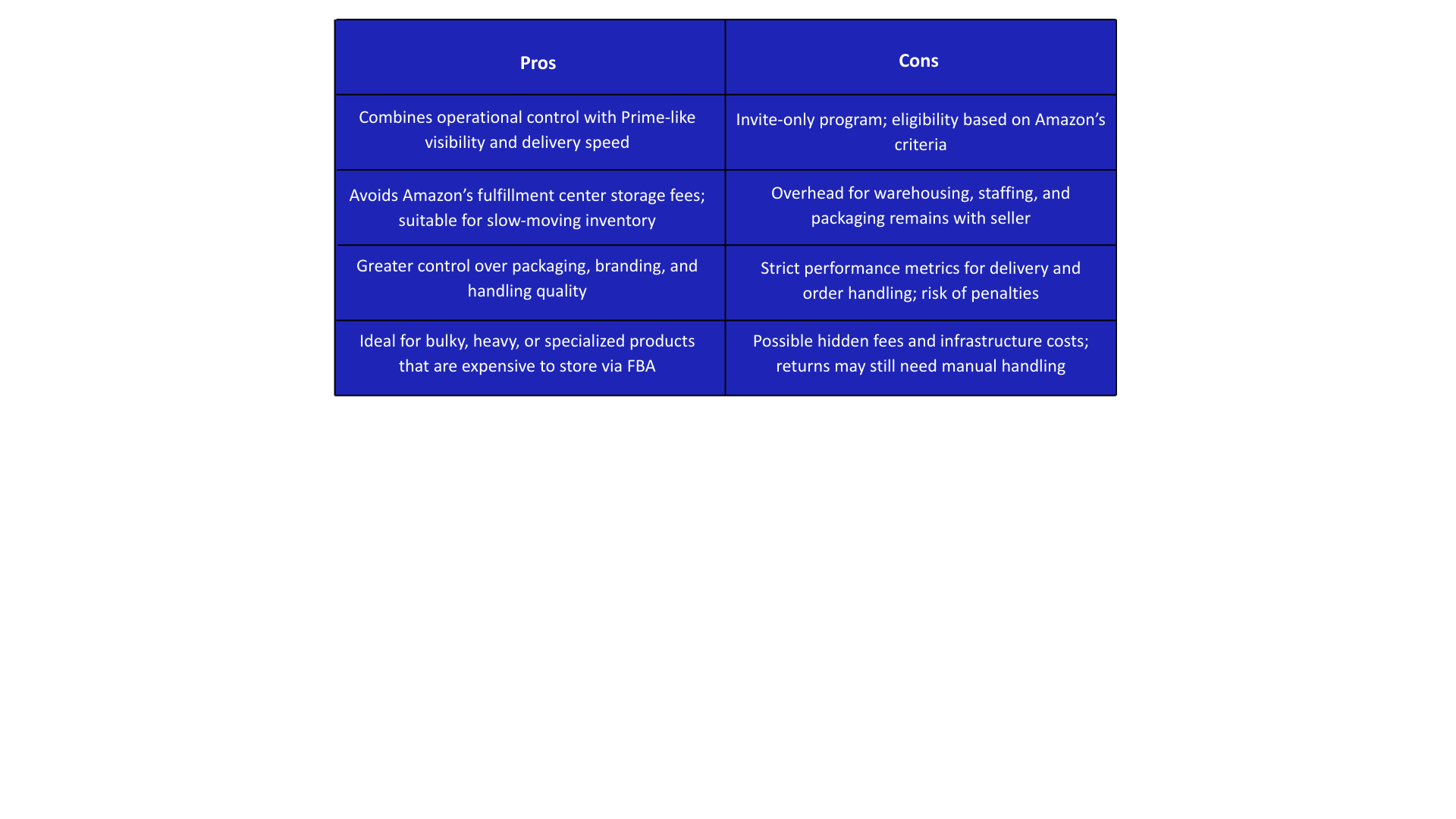
Key Cost Components & Differences
To evaluate profitability, you must compare all costs every model imposes. Below are the major cost categories, and how they behave across FBA, FBM, and Seller Flex (in India where applicable).
Fulfillment Cost Comparison Table: FBA vs FBM vs Seller Flex (India)
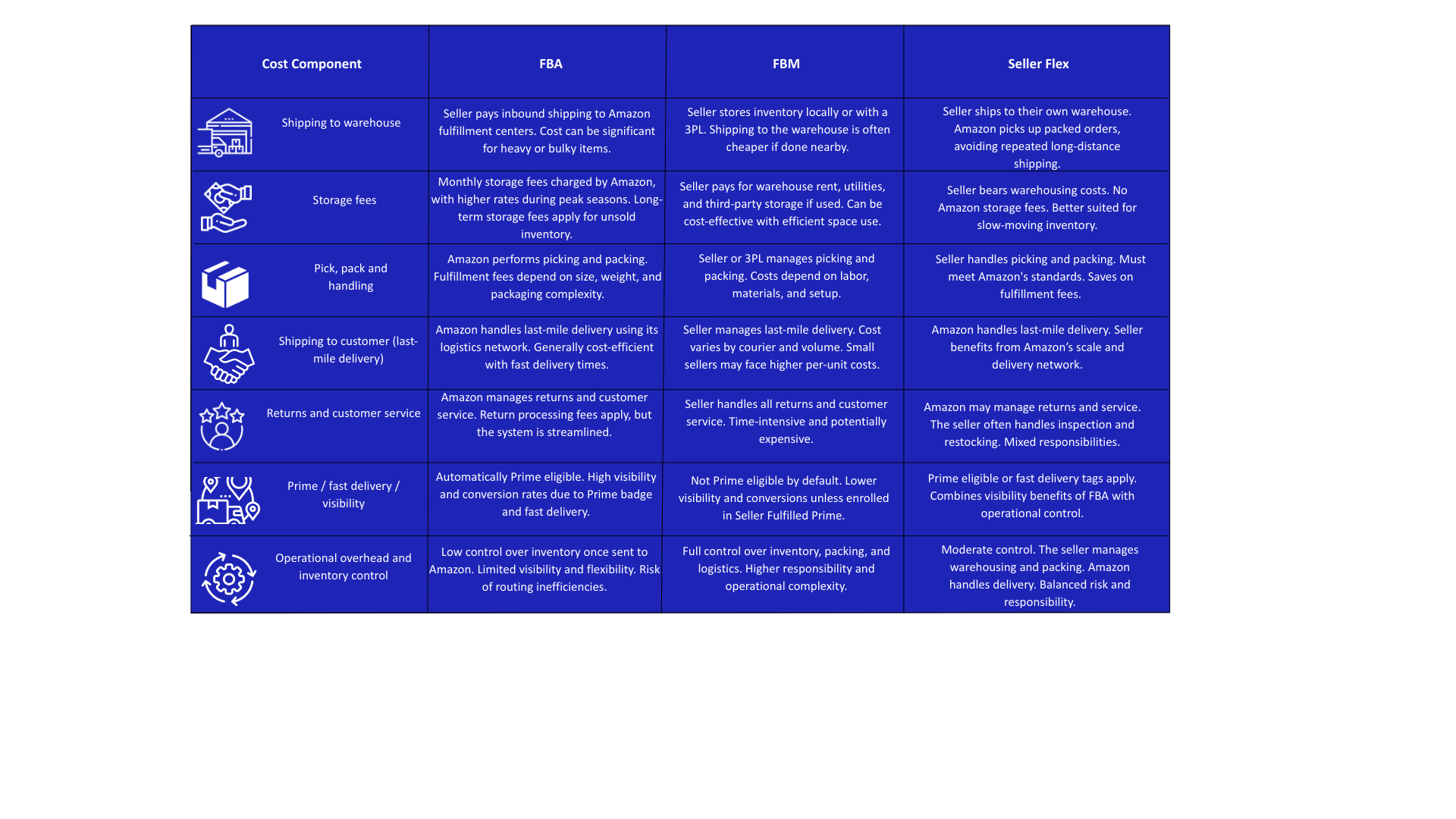
Industry-Wise Fulfillment Strategy for Indian Amazon Sellers
When it comes to maximizing profit as an Amazon seller in India, one size does not fit all especially across industries. Each category of product has different needs around storage, delivery speed, packaging, returns, and compliance. Below is a breakdown of the best fulfillment models for different product categories, along with practical examples and recommendations for sellers.

1. Electronics Accessories
- Best Fit: FBA or Seller Flex
- Use Case: Phone covers, USB cables, earphones, laptop stands
- Challenges: These are small, fast-moving, and lightweight items with high competition and low tolerance for delays. Margins can be tight, but volume is high. Speed of delivery and Prime visibility often make or break conversions in this space.
- Recommended Solution: FBA works extremely well here. It ensures products are Prime-eligible and delivered fast, improving search rankings and customer trust. For sellers with higher volumes and the ability to run their own warehouse efficiently, Seller Flex provides better control over packaging and brand experience while still leveraging Amazon’s delivery network.
2. Home & Kitchen Products
- Best Fit: FBA or Seller Flex
- Use Case: Cutlery, kitchen tools, storage boxes, cleaning accessories
- Challenges: This category is filled with medium-sized SKUs that are reasonably durable but can be price-sensitive. There’s also significant competition from private label brands.
- Recommended Solution: FBA helps sellers with low operational capacity by handling warehousing and shipping, allowing them to focus on marketing and branding. For brands that want to differentiate themselves through customized packaging or inserts (such as reusable cloth bags or QR codes for recipes), Seller Flex is the better choice.
3. Furniture & Large Home Decor
- Best Fit: Seller Flex or FBM
- Use Case: Wall shelves, side tables, canvas paintings, large clocks
- Challenges: High dimensional weight, fragility, and low turnover make furniture expensive to store at Amazon fulfillment centers. Also, returns due to damage can eat into margins.
- Recommended Solution: Avoid FBA for these SKUs unless turnover is exceptionally high. FBM gives you full control over packaging and specialized handling, which reduces damage rates. Seller Flex works if you want Prime delivery speed but don’t want to bear FBA’s heavy storage costs. It also helps build customer trust without giving up control.
4. Fashion & Apparel
- Best Fit: FBM or Seller Flex
- Use Case: T-shirts, kurtas, sarees, fashion accessories
- Challenges: Fashion has high return rates and seasonal demand. Sizes and colors vary widely, and customers expect excellent presentation. Storage space requirements are moderate but variable.
- Recommended Solution: FBM allows full control over packaging (branded polybags, tags, etc.), enabling better customer experience and lower return damage. Seller Flex can be used if you want the Prime badge without losing that control. This is especially useful during sale seasons like Diwali or End of Season Sales.
5. Books & Stationery
- Best Fit: FBA
- Use Case: Exam prep books, notebooks, planners, art supplies
- Challenges: Items are often standardized, non-fragile, and frequently bought in bulk by schools or students. Price is a big factor, and customers expect quick delivery during peak seasons.
- Recommended Solution: FBA is the clear winner. It provides fast shipping, cost-efficient logistics, and eliminates the need for the seller to invest in warehousing. With low damage risk, there’s little reason to avoid FBA unless the items are highly niche or slow-moving.
6. Grocery & FMCG
- Best Fit: FBA
- Use Case: Snacks, spices, packaged food, daily essentials
- Challenges: These are high-turnover products with expiration dates. Storage conditions (temperature, humidity) and quick dispatch are non-negotiable. Returns and replacements need to be processed quickly.
- Recommended Solution: FBA offers controlled environments, fast delivery, and robust expiry tracking. It reduces wastage and enables sellers to meet customer expectations around freshness. Avoid FBM unless you have an extremely efficient warehouse and logistics setup.
7. Health & Personal Care
- Best Fit: FBA or Seller Flex
- Use Case: Skin creams, supplements, grooming products
- Challenges: Regulatory compliance, expiry tracking, and return handling are crucial. Customers expect intact packaging and timely delivery. Brand experience is also important for premium products.
- Recommended Solution: For most sellers, FBA provides the easiest route to scale while maintaining compliance. However, if you’re selling premium or niche products and want to ensure quality presentation, Seller Flex offers the best of both worlds: control over packaging and Prime delivery speed.
8. Toys & Baby Products
- Best Fit: FBA
- Use Case: Educational toys, baby bottles, toddler gear
- Challenges: Customers are parents – demanding, review-conscious, and quick to return items that disappoint. Speed and packaging quality matter a lot.
- Recommended Solution: FBA ensures fast and safe delivery, giving you a better shot at Buy Box placement. Returns are easier to manage through Amazon. If you handle logistics yourself, you risk longer lead times and damage, which can erode trust quickly.
9. Automotive Parts
- Best Fit: FBM or Seller Flex
- Use Case: Car accessories, seat covers, lights, engine parts
- Challenges: Products are often bulky, non-standard sizes, and require very careful packaging. Storage costs are high due to odd shapes and variable turnover. Damage in transit can result in costly claims.
- Recommended Solution: FBM is best when you have your own warehouse and can ship reliably. You retain full control over inventory and packaging, which is essential for fragile or technical products. Seller Flex may work if your volumes justify the setup and you want Prime shipping advantages.
10. Handicrafts & Custom Gifts
- Best Fit: FBM
- Use Case: Handmade decor, custom printed mugs, personalized photo frames
- Challenges: Every product is different. Many are made-to-order, fragile, or customized. Delays in production or delivery can lead to bad reviews.
- Recommended Solution: Avoid FBA or Seller Flex unless you stock pre-made inventory. FBM gives artisans or niche sellers full control over timelines, presentation, and safe handling. Custom packaging and messaging are also easier under FBM.
Final Thoughts
Choosing the right fulfillment model – FBA, FBM, or Seller Flex is crucial for Amazon sellers in India. It affects your profit margins, customer satisfaction, and operational load. With challenges like GST, varied logistics quality, and rising demand for Prime delivery, your fulfillment strategy needs to be smart and flexible.
FBA is ideal for small, fast-moving products where speed and visibility matter. FBM suits bulky, custom, or niche items that need control over packaging and handling. Seller Flex offers a balance, giving Prime delivery benefits while letting you manage your own warehouse, perfect for mid-sized or slower-moving SKUs.
There’s no one-size-fits-all. Most successful sellers use a mix: FBA for high-turnover products, FBM for custom or bulky goods, and Seller Flex where control and speed both matter. Tools like Base.com can help Indian sellers compare costs, model profitability, and make smarter fulfillment choices that match their goals and product types.
Click here, to know more about how sellers can prevent stockouts & overstock in India.
Frequently Asked Questions
Q1: Which is more profitable, FBM or FBA?
Profitability depends on your product type, volume, and operations. FBA suits fast-moving, lightweight items with high turnover. FBM can be more profitable for bulky, custom, or low-volume products. Calculate costs per unit across storage, shipping, and returns to determine which model offers better margins for your business.
Q2: What is the most profitable category on Amazon?
Profitability varies by market trends and competition. Commonly high-margin categories include private-label health products, accessories, home essentials, and niche electronics. Categories with low return rates, steady demand, and strong branding opportunities tend to yield better long-term profits, especially when paired with efficient fulfillment and pricing strategies.
Q3: Which solution is best for your business, Amazon FBA or FBM?
FBA is best for scalable, lightweight, high-turnover SKUs needing Prime visibility. FBM suits sellers wanting control over packaging, logistics, or those handling bulky or niche products. The right choice depends on your infrastructure, cost structure, and how much fulfillment complexity you’re willing to manage.
Q4: Is FBM a good business model?
Yes, FBM can be highly effective for sellers with strong logistics, unique products, or lower sales volume. It offers control over storage, branding, and packaging. However, it requires more hands-on operations and doesn’t provide automatic Prime eligibility, so careful planning is essential for long-term profitability.

